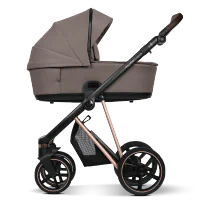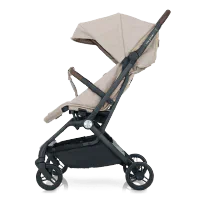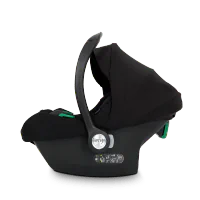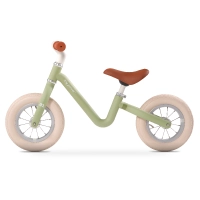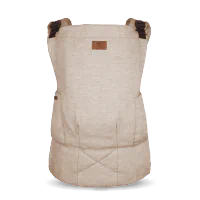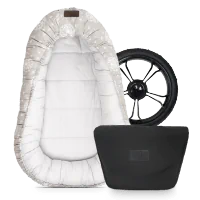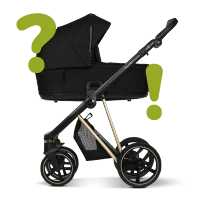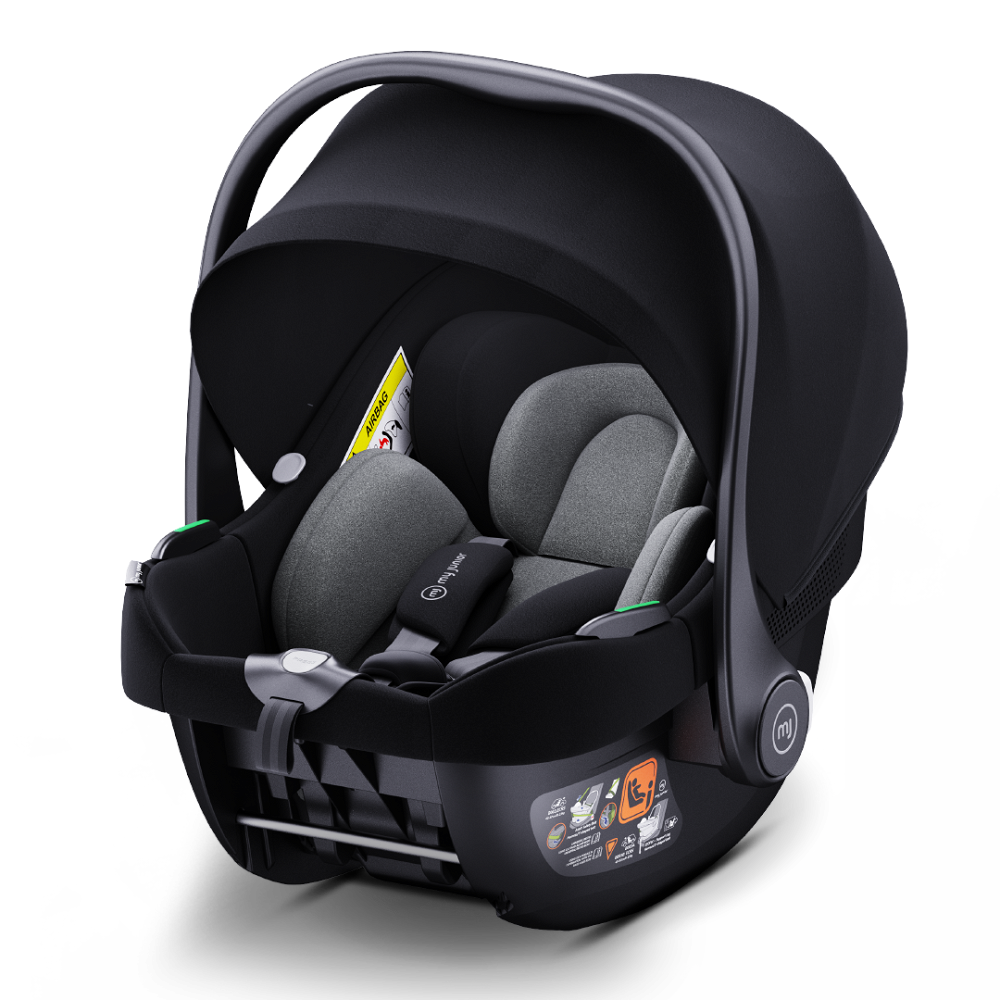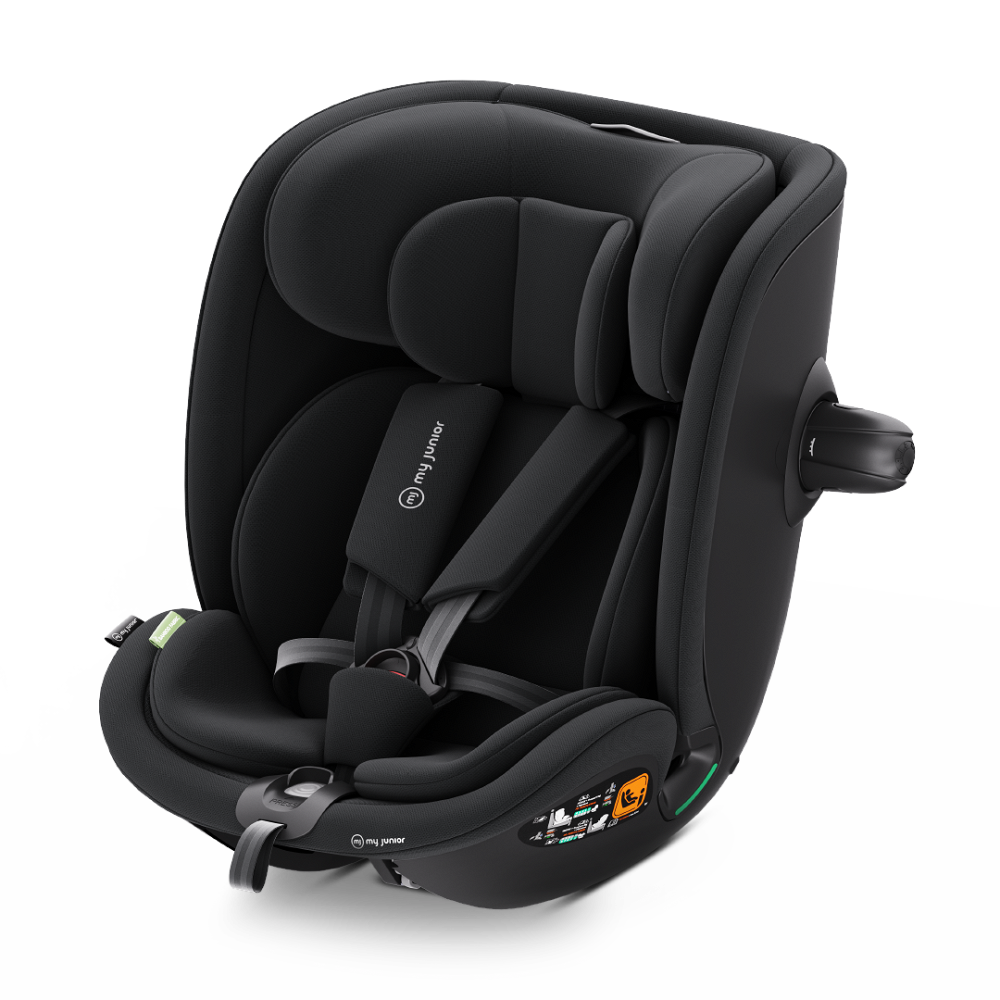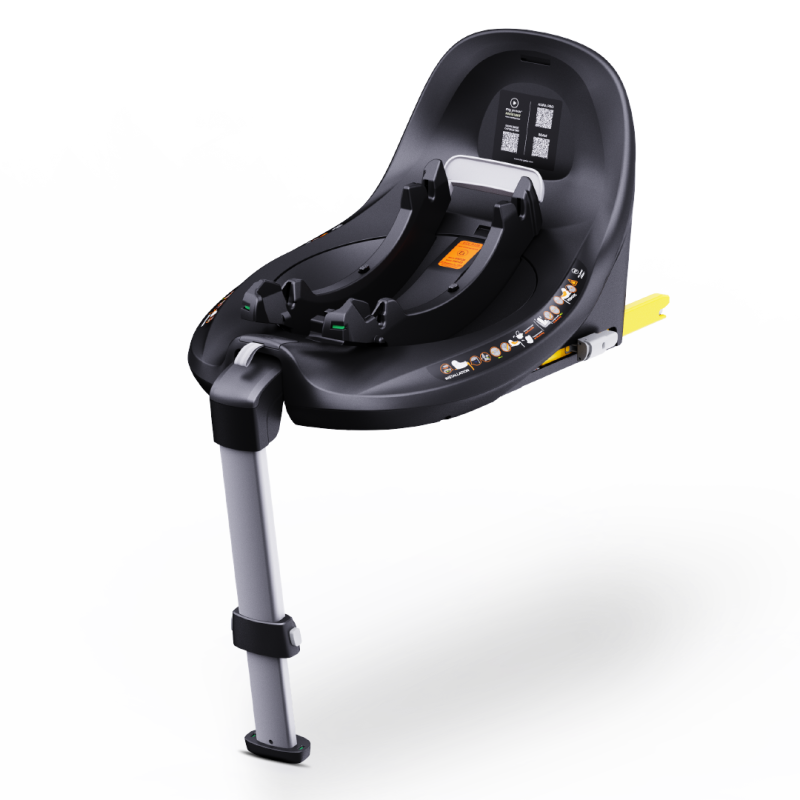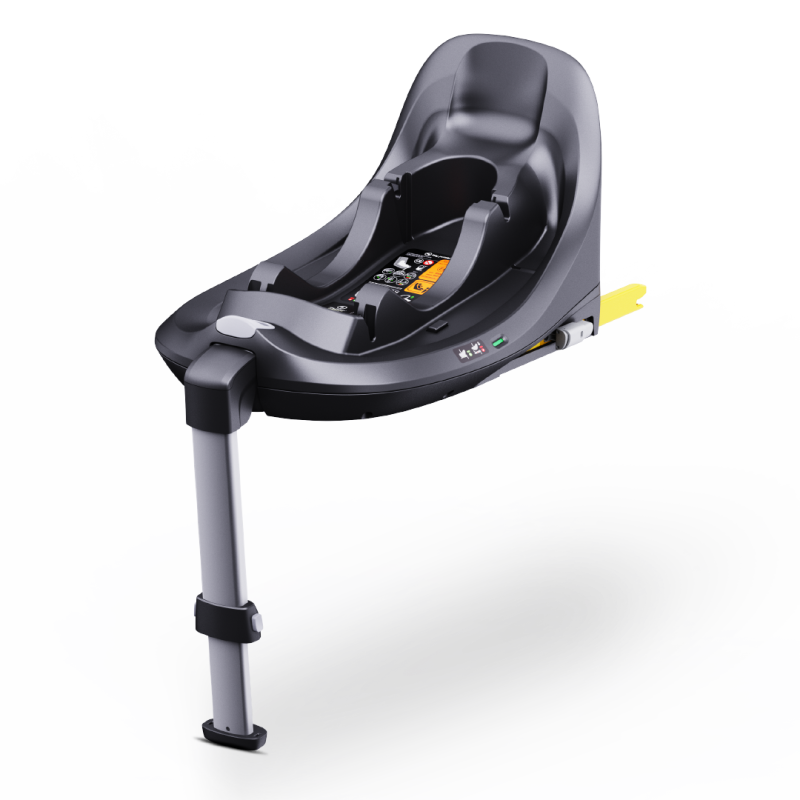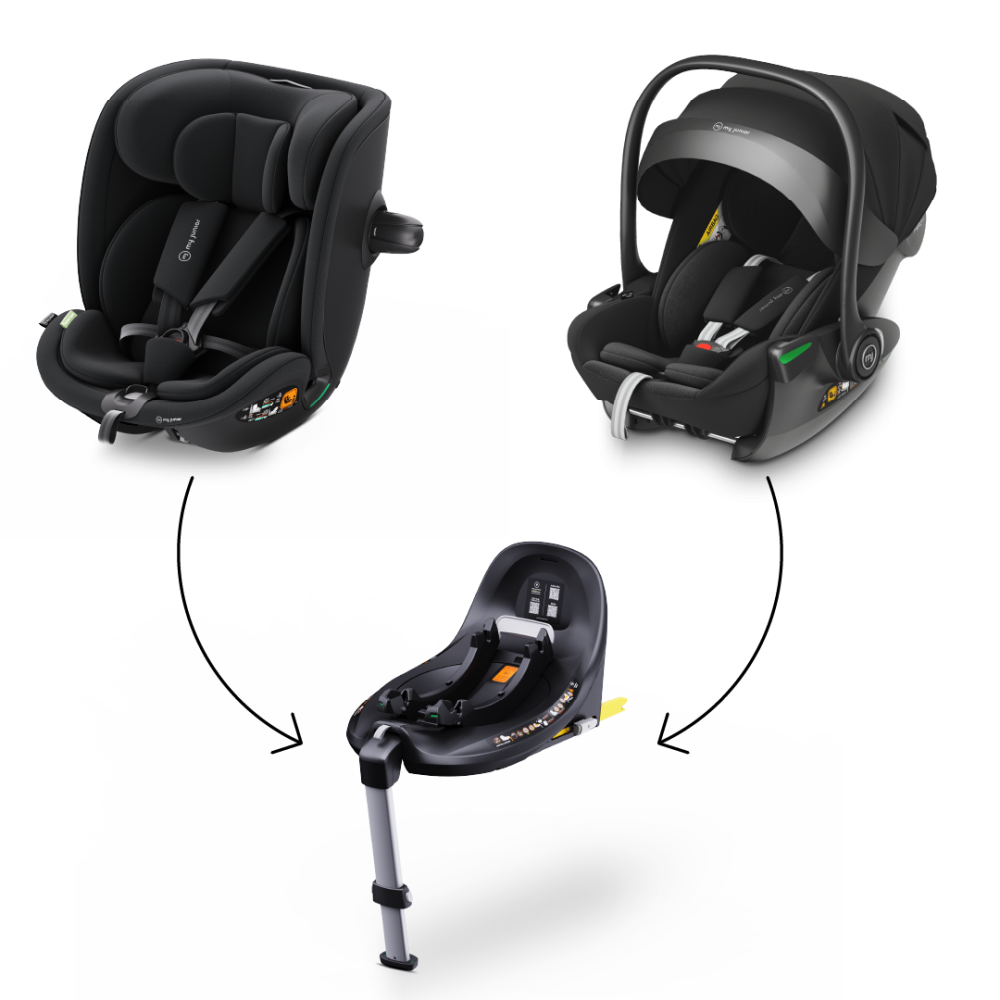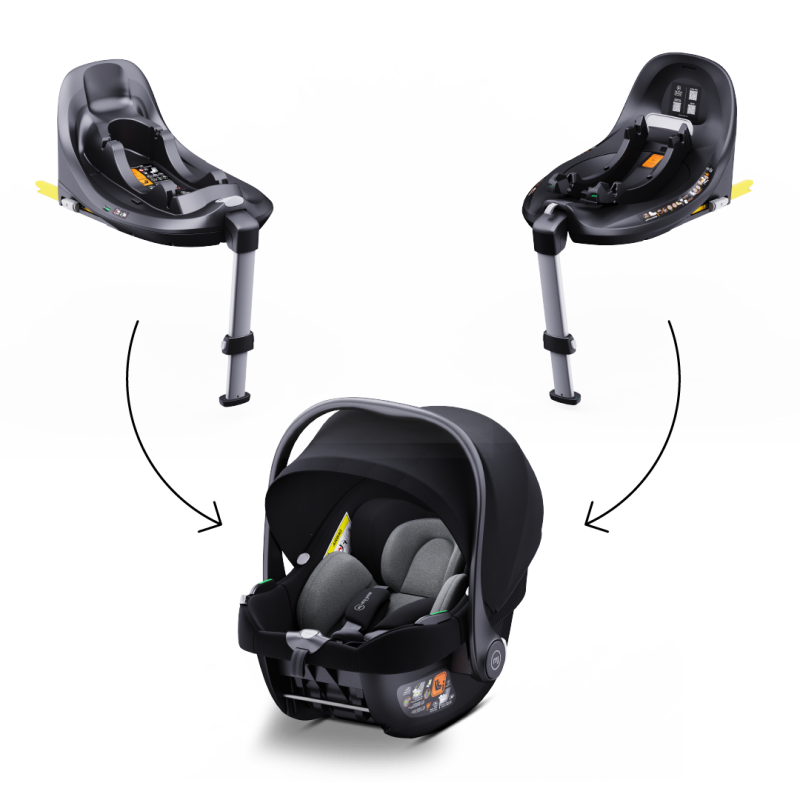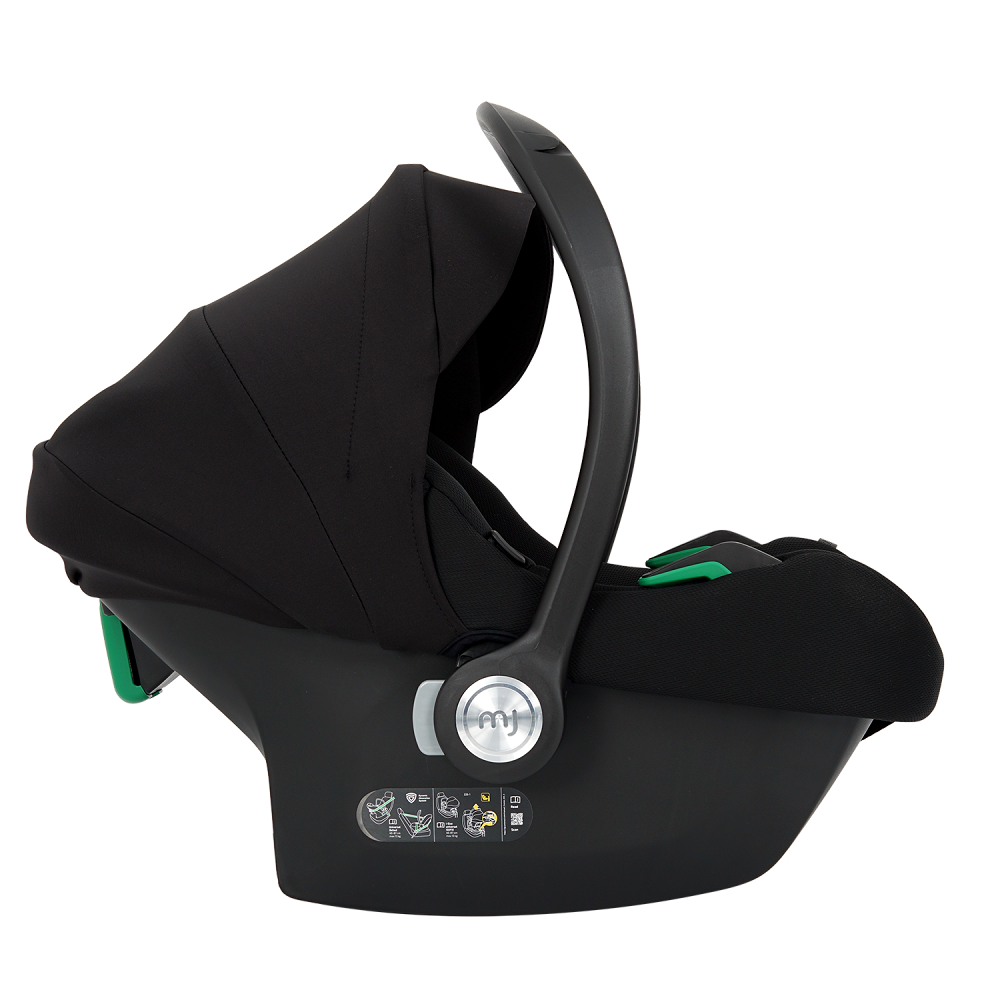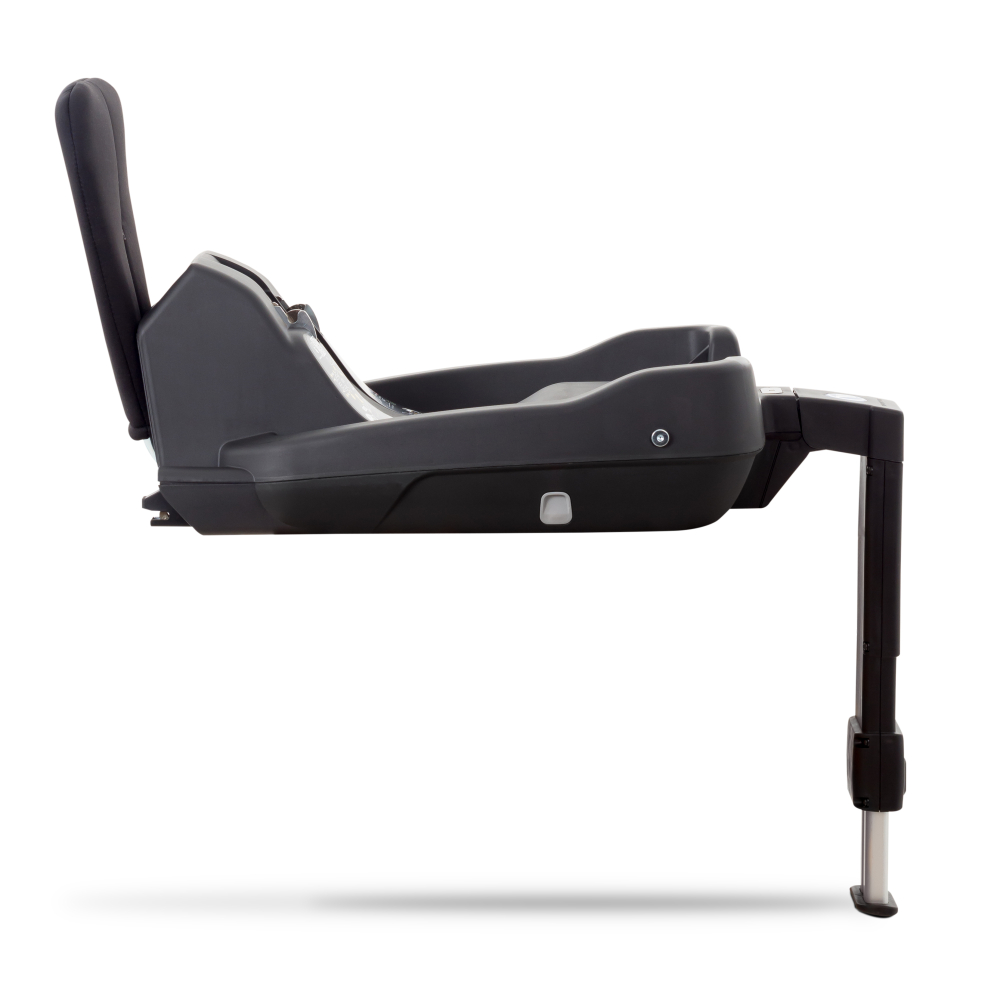-
 Pushchair
Pushchair
-
 All pushchairs
All pushchairs
-
 MAVI
MAVI
-
 VIGO²
VIGO²
-
 VITA unique³
VITA unique³
Your highly functional companion -
 VIGO² Alcantara
VIGO² Alcantara
-
 VIGO
VIGO
Your individual companion -
 VITA HOPE
VITA HOPE
Your clever companion -
 VITA unique²
VITA unique²
Your comfortable companion -
 PICO³ with tub
PICO³ with tub
Your compact companion -
 NOAX²
NOAX²
Your urban companion -
 MIYO²
MIYO²
Your trusted companion -
 Pram tests
Pram tests
-
 Consultation
Consultation
-
-
 Buggies
Buggies
-
 Limited Editions
Limited Editions
-
 Child seats
Child seats
-
 Black Friday Sale
Black Friday Sale
-
 Reviews
Reviews
-
 Impeller Type 01
Impeller Type 01 -
 Home
Home
-
 Fabric sample
Fabric sample
-
 Baby carriers
Baby carriers
-
 Accessories
Accessories
-
 Vouchers
Vouchers
-
 Discover my junior®
Discover my junior®
-
 About us
About us
-
 In your vicinity
In your vicinity
-
 Help and Contact
Help and Contact
- Contact | Personal. Carefree. Happy.
- Warranty & Mobility Guarantee | Our Promise
- 100-day trial offer
- Frequently Asked Questions
- my junior Assistant
- my junior Assistant
- Warranty claim
- Register product | Warranty extension
- Pram care
- Operating instructions
- Quality initiatives
- my junior B2B Shop
- For professionals
- For influencers
-
 Consultation
Consultation
-
 Useful
Useful
-
 Career
Career
-
 Press
Press
-
 Free expert advice
Free expert advice
 100 days free returns
100 days free returns

The child seats for little explorers.
Discover our travel companions for maximum safety from day one.
Finde den passenden Kindersitz für Euch.
Die wichtigsten Unterschiede auf einen Blick

- Ab Geburt bis ca. 24 Monate (40–87 cm)
- Extra flache Liegeposition 170° für maximalen Komfort
- Memory-Schaum-Kopfstütze (6-fach verstellbar)
- Atmungsaktive Materialien & Bambus-Neugeboreneneinlage
- Integrierter Seitenaufprallschutz (i-Size R129/03)
- Kompatibel mit Kinderwagen und ISOFIX Base Capsule 360°

- Ab Geburt bis ca. 24 Monate (45–87 cm)
- 11-fach verstellbare Kopfstütze mit Memory-Schaum
- Erhöhter Seitenaufprallschutz (ausfahrbarer PreVent-Protektor)
- Atmungsaktive Stoffe + Bambus-Neugeboreneneinsatz
- UV 50+ Sonnenschutz
- Kompatibel mit Kinderwagen und ISOFIX Base Capsule 360°

- Ab Geburt bis ca. 24 Monate (45–87 cm)
- Ultraleicht: nur ca. 3,2 kg – perfekt für den Alltag
- Ergonomische Neugeboreneneinlage
- 6-fach verstellbare Kopfstütze
- Nutzbar mit ISOFIX Base oder Fahrzeuggurt
- Kompatibel mit Kinderwagen, ISOFIX Base Capsule 360° und Base Static

- Folgesitz ab ca. 15 Monate (87–105 cm)
- 360° drehbar auf der Capsule 360° Base – einfacher Einstieg
- Rückwärts & vorwärts nutzbar (entsprechend i-Size Norm)
- Hoher Seitenaufprallschutz
- ängere Nutzdauer nach der Babyschale
- Komfortable Polsterung & verstellbare Sitzpositionen
Babyschale: Kindersitz für Neugeborene und Kleinkinder
Die Bedeutung einer Babyschale: Sicherheit und Komfort für die Kleinsten
Babyschalen (bis 13 kg) gehören zu den Must-haves, wenn Du vorhast, mit Deinem Baby im Auto unterwegs zu sein. Denn als Kindersitz bietet eine Babyschale einen unverzichtbaren Schutz für Dein Kind.
Aus dem Krankenhaus und ab nach Hause: In einer Babyschale haben es Neugeborene vom ersten Tag an bei jeder Autofahrt bequem. Mittels passender Adapter kannst Du Deinen Kindersitz auch ganz einfach auf dem Gestell Deines Kinderwagens abbringen und Dein Baby nach Autofahrten entspannt weiterschlummern lassen.
Die durchdachte Konstruktion und das komfortable Design unserer my junior® Babyschalen gewährleisten, dass Dein Baby stets stabil und geschützt ist, selbst beim Autofahren auf holprigen Landstraßen.
Ob Du Deine Babyschale mit einer Isofix Basisstation oder einem Autogurt befestigst, hängt ganz von Dir und den Gegebenheiten Deines Autos ab. Unabhängig von der Befestigungsart, gilt es einige Aspekte bei der Installation zu beachten.
Du willst mehr über Babyschalen und deren Installation sowie Benutzung wissen? Auf dieser Seite haben wir Dir alles, was Eltern wissen sollten, zusammengefasst.
Was ist eine Babyschale?
Eine Babyschale ist eine spezielle Art von Autositz, der für Neugeborene und Kinder bis zu einem bestimmten Gewicht (meist 13 kg) und Alter konzipiert ist. Er zeichnet sich durch eine rückwärts gerichtete Position aus, die es ermöglicht, Dein Kind während des Autofahrens sicher und komfortabel zu transportieren. Meist mit einem 3 Punkt Gurt sowie einer speziellen Kopfstütze, welche das zarte Köpfchen Deines Babys schützt, ausgestattet, eignen sich Babyschalen bereits für Autofahrten direkt nach der Entbindung.
Babyschalen werden mithilfe eines Autosicherheitsgurtes oder einer speziellen Base (Isofix) im Auto befestigt. Am besten bringst Du Deine Babyschale entgegen der Fahrtrichtung auf der Rückbank an. Um Dein Kind gut im Blick zu haben, eignen sich spezielle Spiegel, die Du an der Kopfstütze des gewählten Sitzes anbringen kannst.
Ein wichtiger Aspekt von Babyschalen ist, dass sie den empfindlichen Kopf, Nacken und Rücken Deines Babys stützen und schützen, besonders bei plötzlichen Bremsmanövern oder Unfällen.
Die meisten Babyschalen sind so konstruiert, dass sie mit Neugeborenen mitwachsen, und bieten somit von der Geburt bis ins Kleinkindalter eine sichere und zuverlässige Lösung für den Transport von Säuglingen im Auto.
Falls Du Dich fragst, wie lange Dein Baby in der Babyschale liegen darf, kannst Du dies hier nachlesen.
Unterschiede von Babyschalen zu anderen Kindersitzen
Der Hauptunterschied zwischen der Nutzung einer Babyschale und einem Kindersitz liegt im Alter und Gewicht des Kindes, für das die Sitze jeweils konzipiert sind. Eine Babyschale ist speziell für Neugeborene und Kleinkinder bis zu einem bestimmten Gewicht und Alter ausgelegt; in der Regel sind dies etwa 13 kg und ca. 12–15 Monate.
Ein Kindersitz hingegen ist für ältere Kleinkinder gedacht, die bereits aus der Babyschale herausgewachsen sind. Kindersitze oder Reboarder sind in verschiedenen Größen erhältlich, je nach dem Gewicht und Alter des Kindes. Diese solltest Du zunächst auch entgegen der Fahrtrichtung anbringen und wenn möglich auf einer Isofix Base befestigen.
Wenn Du bereits von Anfang an komplett ausgestattet sein willst, findest Du in unserem Shop das perfekte Rundum-sorglos-Set für Deine Bedürfnisse. Je nach Set enthält das Paket eine Babyschale mit Isofix für Neugeborene, einen Folgekindersitz und eine Isofix Base für Dein Auto.
Preis von Babyschalen
Wie viel kostet eine hochwertige Babyschale?
Je nach Hersteller variieren die Preise einer hochwertigen Babyschale. In unserem Sortiment findest Du garantiert, das richtige Modell für Deine Anforderungen. Der Preis einer Babyschale kommt unter anderem durch die Funktionen, Verwendung von Premium-Materialien sowie deren einwandfreie Verarbeitung zustande.
Babyschalen mit Isofix sind in der Regel etwas teurer. Dazu kommt noch, ob Du Deine Babyschale direkt im Set mit einer Isofix Base kaufst oder einzeln.
Wichtig: Deine Babyschale sollte in jedem Fall über einen 3 Punkt Gurt und eine ergonomische Liegeposition verfügen.
Sind teurere Babyschalen immer sicherer oder besser?
Nein, das muss nicht zwangsläufig der Fall sein. Jedoch sind eine hochwertige Verarbeitung und erstklassige Materialien wichtige Faktoren im Hinblick auf die Sicherheit einer Babyschale. Auch die Installation von hochwertigeren Babyschalen ist häufig leichter. Die Wahl liegt jedoch ganz bei Dir.
Wie kann ich beim Kauf einer Babyschale Geld sparen?
Du kannst bei uns im Shop während unserer Sales beim Kauf einer Babyschale Geld sparen. Wirf gerne regelmäßig einen Blick auf unsere Website oder folge uns auf Social Media. Neben Kinderwagen, Buggys und Zubehör, sind während unserer my junior® Sales auch Babyschalen reduziert. Wir informieren Dich immer über anstehende Aktionen.
Welche Zusatzkosten entstehen durch Zubehör für Babyschalen?
Die Höhe der Zusatzkosten hängt davon ab, welches Zubehör Du für Dein Baby benötigst. Eine kuschelige Decke oder eine Sitzauflage für Deine Babyschale sind erschwingliche Produkte, die Fahrten mit dem Auto oder Spaziergänge in der Nachbarschaft noch komfortabler gestalten.
Achtung: Weniger ist manchmal mehr. Achte unbedingt darauf, dass sich Dein Nachwuchs Gegenstände nicht über den Kopf ziehen oder sich daran verschlucken kann.
Die Auswahl der richtigen Babyschale
Achte bei der Wahl Deiner Babyschale auf Deine individuellen Bedürfnisse. Soll die Möglichkeit einer Anbringung mit einer Isofix-Base bestehen? Wie viel darf Dein Kindersitz kosten? Welche Funktionen soll das Modell aufweisen? Welche Farbe gefällt Dir am besten? All diese Fragen haben Auswirkungen auf den Komfort und die Ergonomie von Artikeln.
Wichtig ist, dass Du den passenden Sitz für Dich und Deinen Nachwuchs wählst. Um Dir Deine Wahl zu erleichtern, schreibe Dir gerne eine Liste mit allen Dos and Don'ts, so fällt Dir die Entscheidung bestimmt leichter und Du hast Dir bereits selbst einen persönlichen Filter erstellt.
Unser Expert:innen-Tipp: Achte bei Deiner Suche besonders auf die Ergonomie einzelner Modelle. Babyschalen und Kindersitze, welche ergonomisch sind, tragen ab der Geburt zu der gesunden Entwicklung Deines Glücks bei und sind auch im Hinblick auf die Unfallsicherheit absolute Testsieger.
Welche Garantie- oder Gewährleistungsleistungen sind im Preis der Babyschale inbegriffen?
Bei uns erhältst Du auf alle my junior® Kindersitze und Babyschalen kostenlos 10 Jahre Garantie. Alle Informationen zur Garantie und Gewährleistung unserer Modelle findest Du hier: https://my-junior.com/de/content/99-wie-lange-darf-ein-baby-in-der-babyschale-liegen
Ab wann sollte ich eine Babyschale verwenden, und bis zu welchem Alter oder Gewicht ist sie geeignet?
Unsere Babyschalen kannst Du für jede Autofahrt ab dem ersten Tag verwenden. Also, sobald Du mit Deinem Nachwuchs aus dem Krankenhaus kommst. Die Cosmo i size Babyschale ist bis zu einem Gewicht von 13 kg belastbar und auf eine Körpergröße von bis zu 87 cm ausgelegt. Dies entspricht in etwa einem Maximalalter von 15 Monaten.
Sogenannte Reboarder oder Folgekindersitze sind Modelle, welche am besten für etwas ältere Kinder ausgelegt sind. Genaue Angaben zum empfohlenen Gewicht und der empfohlenen Größe findest Du bei uns auf den jeweiligen Seiten der Produkte.
Was ist der Unterschied zwischen einer Babyschale, die mit dem Sicherheitsgurt befestigt wird, und einer mit Isofix-Basis?
Bei der Befestigung mit dem Sicherheitsgurt wird die Babyschale durch den Gurt des Autos gehalten. Dies erfordert das Einfädeln des Gurtes durch spezielle Führungen an der Babyschale und das Anziehen des Gurtes, um die Schale sicher im Auto zu fixieren.
Im Gegensatz dazu wird ein Sitz mit Isofix-Base direkt mit den Isofix-Verankerungspunkten im Auto verbunden. Die Isofix-Basis wird fest im Fahrzeug installiert und die Babyschale anschließend auf die Basisstation geklickt. Dies bietet eine sehr stabile und sichere Befestigung, ohne dass der Gurt des Autos verwendet werden muss. Die Isofix-Befestigung reduziert das Risiko von Fehlern bei der Installation und gewährleistet eine einfache Handhabung, da die Schale einfach ein- und ausgeklickt werden kann.
Fragen und Antworten rund um Babyschalen und deren Gebrauch
Häufige Fehler beim Gebrauch einer Babyschale und wie man sie vermeidet
Beim Gebrauch einer Babyschale gibt es einige Fehler, die Du vermeiden solltest, um die Sicherheit Deines Kindes zu gewährleisten.
Installiere Deinen Kindersitz richtig: Sowohl bei der Befestigung mit dem Gurt als auch mit einer Isofix-Basis ist es wichtig, die Anleitung genau zu befolgen, um eine sichere und stabile Installation zu gewährleisten.
Ziehe Deinem Baby dicke Jacken aus: Die Polsterung einer Winterjacke kann dazu führen, dass der Gurt nicht eng genug am Körper Deines Babys liegt und dessen Position nicht ideal ist, was im Falle eines Unfalls gefährlich sein kann. Stattdessen sollte Dein Baby am besten in normaler Kleidung in den Sitz gesetzt werden. Bei kühlen Temperaturen kannst Du Dein Glück mit einer Decke warm halten.
Lass Dein Baby nicht zu lange in der Babyschale: Babys sollten nicht übermäßig lange in einer Babyschale sitzen oder liegen, da dies zu Schlafproblemen und möglichen Entwicklungsstörungen führen kann. Es wird empfohlen, dass Kinder nicht länger als zwei Stunden in der Babyschale bleiben, es sei denn, es handelt sich um längere Autofahrten, bei denen regelmäßige Pausen eingelegt werden.
Wie stelle ich sicher, dass die Babyschale korrekt im Auto installiert ist?
Um sicherzustellen, dass die Babyschale/der Kindersitz korrekt im Auto installiert ist, gilt es, wichtige Schritte zu beachten.
Falls Du eine Babyschale mit Basisstation verwendest, beginne damit, die Isofix Base gemäß den Anweisungen des Herstellers im Auto zu positionieren. Die Base sollte fest und ohne Spiel im Auto sitzen. Sobald diese installiert ist, klicke die Babyschale korrekt auf die Isofix-Base. Überprüfe, ob sie sicher eingerastet ist, indem Du versuchst, sie leicht zu bewegen.
Wenn Du eine Babyschale ohne Isofix im Auto verwendest, ist die korrekte Befestigung mit dem Autogurt entscheidend. Platziere die Babyschale auf dem Autositz entgegen der Fahrtrichtung. Führe den Gurt durch die dafür vorgesehenen Gurtführungen der Babyschale und ziehe ihn straff. Achte darauf, dass der Gurt nicht verdreht ist und er eng anliegt, ohne dass dabei die Babyschale gequetscht wird. Anschließend ziehst Du den Gurt fest, sodass die Babyschale sicher auf dem Autositz sitzt und sich nicht bewegt. Überprüfe die Installation, indem Du versuchst, die Babyschale leicht zu bewegen. Es sollte kaum Spiel vorhanden sein.
Können Babyschalen auf jedem Sitz im Auto installiert werden oder gibt es Einschränkungen?
Babys und Kleinkinder sitzen im Auto am sichersten entgegen der Fahrtrichtung auf der Rückbank. Wenn Du Dein Neugeborenes oder Kind auf dem Beifahrersitz Deines Autos mitfahren lassen willst, solltest Du einige Aspekte in Bezug auf die Sicherheit beachten. Zum Beispiel muss der Airbag ausgeschaltet sein und es dürfen keine Gegenstände auf dem Armaturenbrett liegen.
Übrigens: Rein rechtlich darf Dein Kind bereits ab dem ersten Lebenstag vorn auf dem Beifahrersitz Platznehmen. Von Expert:innen wird Eltern jedoch dazu geraten, dies nicht zu tun.
Falls Du mehr zu diesem Thema wissen willst: Wir haben Dir in unserem Ratgeber alles, was Du über Sicherheit im Fahrzeug wissen musst, zusammengefasst.
Wie kann ich überprüfen, ob meine Babyschale noch den aktuellen Sicherheitsstandards entspricht?
Ob Babyschalen oder Dein Kindersitz noch aktuellen Sicherheitsstandards entsprechen, kannst Du durch den ein oder anderen Test herausfinden.
Prüfe das ECE-Prüfzeichen: Dieses gibt Dir Aufschluss darüber, ob Dein Kindersitz oder Deine Babyschale europäischen Sicherheitsstandards entspricht.
Überprüfe das Herstellungsdatum: Dieses findest Du normalerweise auf einem Etikett an der Babyschale oder dem Sitz. Sicherheitsstandards werden regelmäßig aktualisiert, daher sollte die Babyschale/der Sitz nicht zu alt sein. Als Faustregel gilt, dass Autositze nach etwa zehn Jahren ausgetauscht werden sollten, da Materialien altern und die Sicherheit beeinträchtigt werden kann.
Nimm Kontakt zum Hersteller auf: Im Zweifelsfall kannst Du bei dem Hersteller Deiner Babyschale einfach nachfragen, ob das Modell, welches Du besitzt, den aktuellen Standards im Hinblick auf Sicherheit entspricht.
Bei my junior® findest Du Kindersitze und Babyschalen, die sowohl für Eltern als auch Kinder Komfort, Sicherheit und neueste Technologien vereinen. Der Schutz Deines Glücks hat höchste Priorität, daher wird jedes Teil an unseren Produkten über die branchenüblichen Standards hinaus – unter anderem in unserem my junior® QualityLab – getestet. So bieten wir Dir die besten Begleiter für Dich und Deine Familie.
Welche Rolle spielen Airbags bei der Nutzung einer Babyschale im Auto?
Wenn Du eine Babyschale oder einen Kindersitz für Dein Neugeborenes oder Kind auf dem Beifahrersitz im Auto befestigen willst, solltest Du immer daran denken, den Airbag auszuschalten. Zudem ist zu beachten, den Sitz entgegen der Fahrtrichtung anzubringen und dass keine Gegenstände auf dem Armaturenbrett liegen.
Muss ich mein Kind in einer Babyschale auch auf kurzen Strecken anschnallen?
Ja, egal, ob Baby oder Kleinkind. Dein Glück muss auch bei kurzen Strecken, welche Du mit dem Auto oder Kinderwagen zurücklegst, unbedingt angeschnallt sein.
Unsere Babyschalen-Modelle verfügen über einen praktischen Drei-Punkte-Gurt, welcher sich von Eltern innerhalb von Sekunden öffnen und schließen lässt. So wird jede kurze Spazierfahrt zu Hause in der Nachbarschaft oder lange Reise zum absoluten Kinderspiel und Dein Kind sitzt sicher und bequem im Auto.
Wie reinige und pflege ich die Babyschale richtig, um die Sicherheit und Hygiene zu gewährleisten?
Mit einem Baby oder Kind gehört Schmutz einfach dazu, das wissen alle Eltern. Ob der Sand vom Spielplatz oder die Essensreste der Kinder - schnell sind eben noch saubere Babyschalen dreckig.
Wie gut, dass sich unsere my junior® Kindersitze einfach reinigen lassen. Nimm hierfür ein feuchtes Tuch und etwas milde Seife, um Flecken effektiv zu behandeln. Reibe vorsichtig über die verdreckten Stellen und lass Deinen Sitz anschließend trocknen. Vermeide bleichende Mittel, da diese die Farbe beeinträchtigen können. Bei Bedarf kannst Du diesen Vorgang wiederholen.
Zudem kannst Du Deine Neugeboreneneinlage aus 100% Baumwolle aus Deiner Babyschale herausholen und diese von Hand in einer Seifenlauge waschen, um noch bessere Ergebnisse zu erzielen.
Unser Tipp: Bei leichten Flecken an der Isofix-Base oder dem Punkt-Gurt kannst Du zu Baby-Feuchttüchern greifen. Diese bewirken meist schon Wunder.

 Pushchair
Pushchair 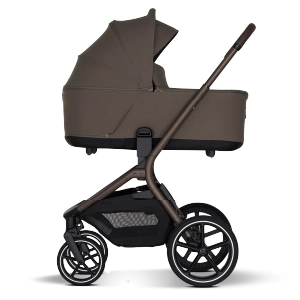 MAVI
MAVI 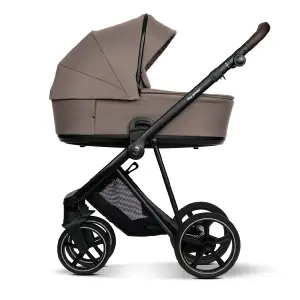 VIGO²
VIGO² 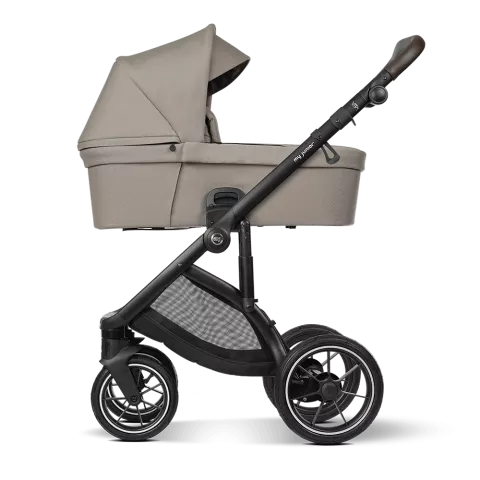 VITA unique³
VITA unique³ 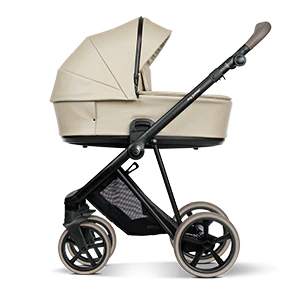 VIGO² Alcantara
VIGO² Alcantara 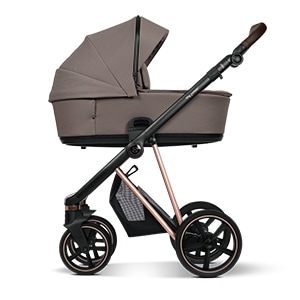 VIGO
VIGO 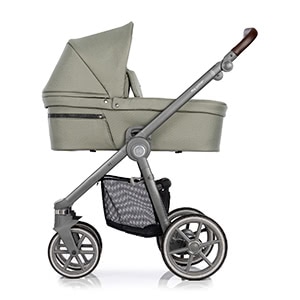 VITA HOPE
VITA HOPE  VITA unique²
VITA unique²  PICO³ with tub
PICO³ with tub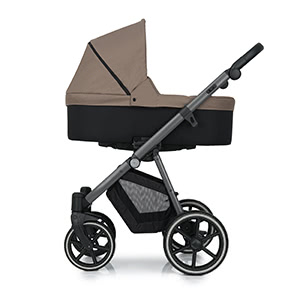 NOAX²
NOAX² 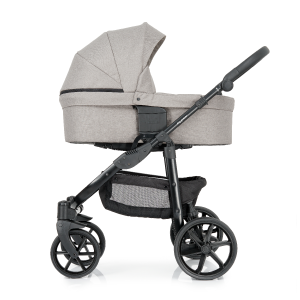 MIYO²
MIYO² 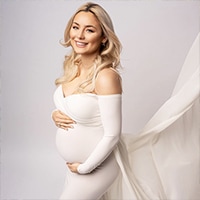 Pram tests
Pram tests 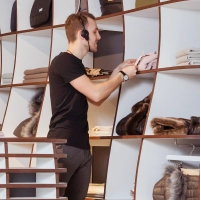 Consultation
Consultation 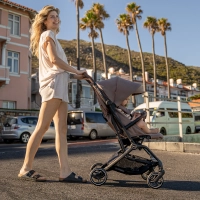 Buggies
Buggies 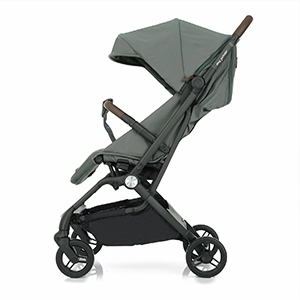 PICO³
PICO³ 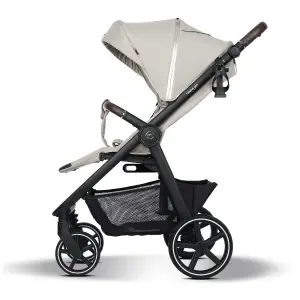 PLIA²
PLIA² 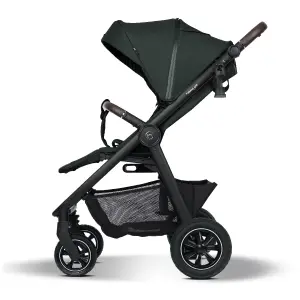 PLIA² Air
PLIA² Air 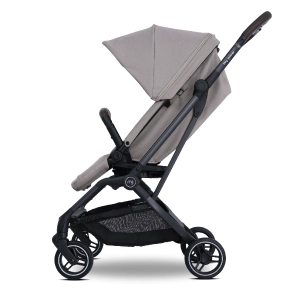 PICO³⁶⁰
PICO³⁶⁰  PICO³ with tub
PICO³ with tub 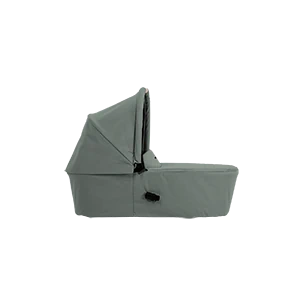 PICO tub
PICO tub 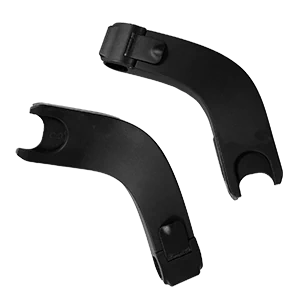 PICO infant car seat adapter
PICO infant car seat adapter 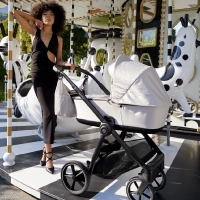 Limited Editions
Limited Editions 
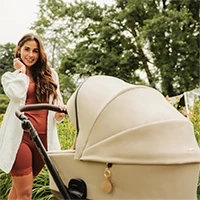
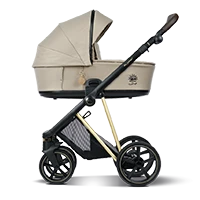

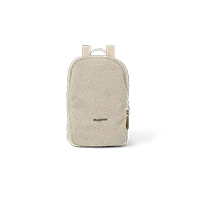
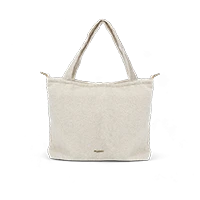

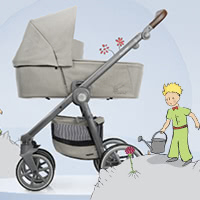
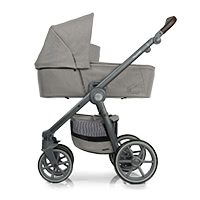

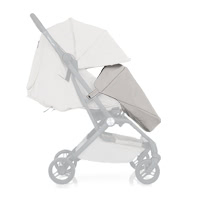

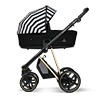 VIGO
VIGO 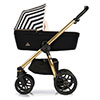 VITA HOPE
VITA HOPE 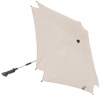 Limited Edition Parasol
Limited Edition Parasol 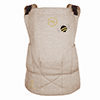 Limited Edition Baby Carrier
Limited Edition Baby Carrier 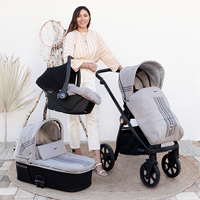
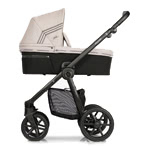 VITA HOPE
VITA HOPE 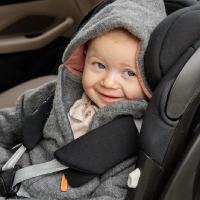 Child seats
Child seats 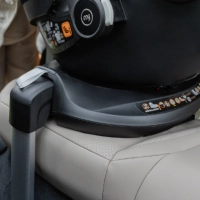 All Isofix Bases
All Isofix Bases 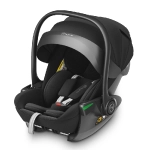 AURAᵉʳᵍᵒ
AURAᵉʳᵍᵒ 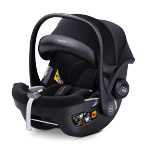 Aura Pro
Aura Pro 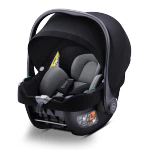 Beam
Beam 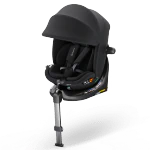 Cyro 360
Cyro 360 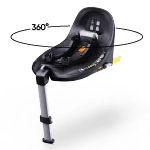 Base 360
Base 360 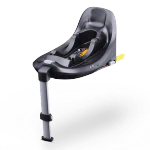 Base Static
Base Static 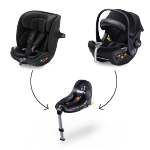 Capsule System
Bundle
Capsule System
Bundle 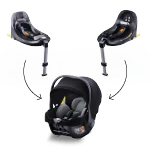 Beam Bundle
Beam Bundle 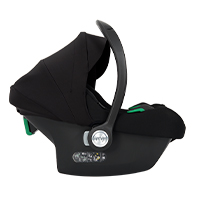 Avionaut Cosmo
Avionaut Cosmo 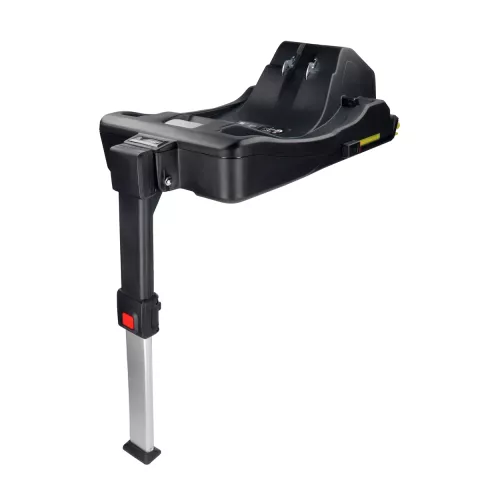
 Black Friday Sale
Black Friday Sale
 Reviews
Reviews 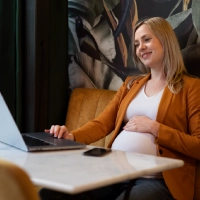 Read reviews
Read reviews  Write a review
Write a review 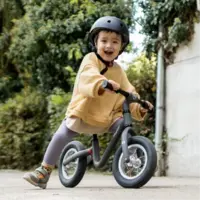
 Home
Home  Fabric sample
Fabric sample 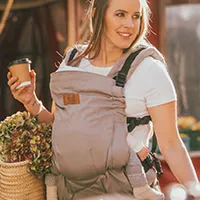 Baby carriers
Baby carriers 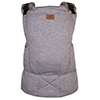 LUVA
LUVA 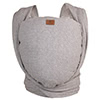 NAMI
NAMI 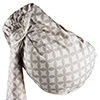 NAMI with ring
NAMI with ring 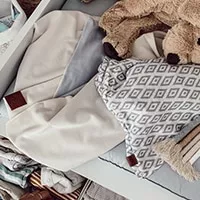 Accessories
Accessories 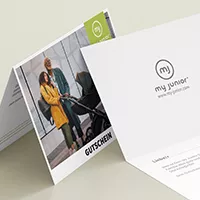 Vouchers
Vouchers  Discover my junior®
Discover my junior®  About us
About us  In your vicinity
In your vicinity 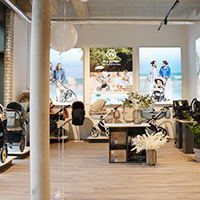 All my junior
All my junior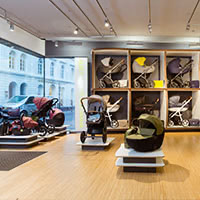 Flagship Store
Aachen
Flagship Store
Aachen 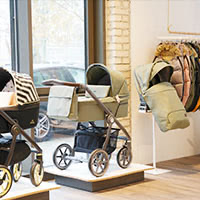 Flagship Store
Hamburg
Flagship Store
Hamburg 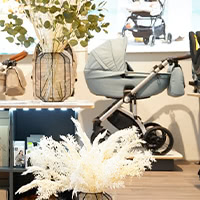 Flagship Store
Salzburg
Flagship Store
Salzburg  Flagship Store Binzen
Flagship Store Binzen
 Flagship Store
Krefeld
Flagship Store
Krefeld 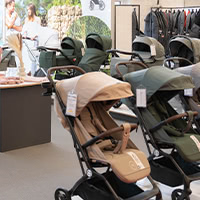 Studio Cologne
Studio Cologne  Studio Trier
Studio Trier 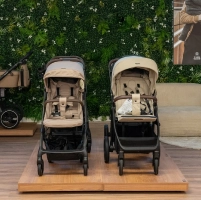 Studio Braunschweig
Studio Braunschweig
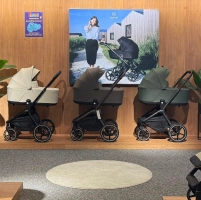 Studio Metzingen
Studio Metzingen
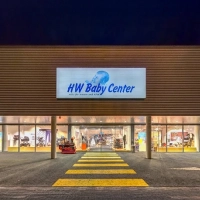 my junior® pram in
Switzerland
my junior® pram in
Switzerland 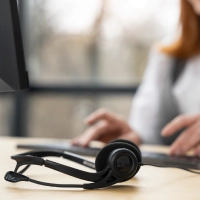 Help and Contact
Help and Contact  Useful
Useful  Career
Career  Press
Press 
